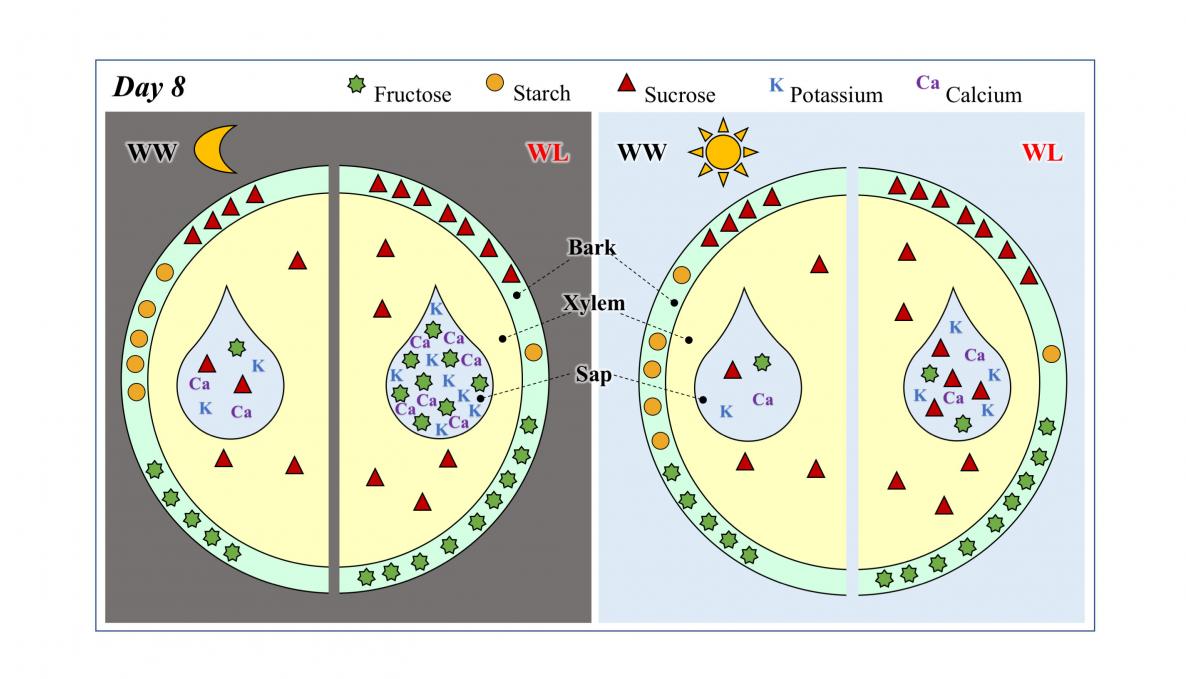Climate Change: Poplar plants adjust overnight to preserve their water balance under drought conditions. A study coordinated by Sant’Anna School Life Sciences Institute researchers

Poplar plants adjust and preserve their water balance overnight. Under severe water stress and climate change conditions, Poplar is found to provide a drought response avoiding organ/tissue water deficit. Silvia Traversari, Andrea Neri, Alessandra Francini and Luca Sebastiani of Sant’Anna School Life Sciences Institute have collaborated with Alessio Giovannelli and Laura Traversi from Istituto IRET - CNR (in Sesto Fiorentino – Florence) to explain poplar plants osmotic adjustments under different environmental conditions. The study results published in journal “Plant Physiology and Biochemistry” highlight the mechanisms driving the osmotic adjustments under severe drought.
Acclimation to drought stress is related to the duration of the drought event. In addition, results suggest that poplar when subjected to short periods of water deficit starts the adjustment process before dawn. The role of carbohydrates as osmolytes as well as energy sources was investigated. Results highlighted that increase in carbohydrates allowed the maintenance of a water reserve used during the day to prevent a water decrease within the xylem. The decrease of xylem sap osmotic potential during the night further attracted water into the xylem. This response mechanism increased at higher water deficit intensity controlling the cell pressure and avoiding tissue water deficit. The variations in carbohydrates and mineral elements within the leaves highlighted the main role of sinks rather than sources in the early response to water deficit. As Professor Luca Sebastiani emphasized “Understanding forest tree responses to this stress has a major impact on the conservation of forest health and productivity, and, ultimately on human health”.
Click here to download the paper.



